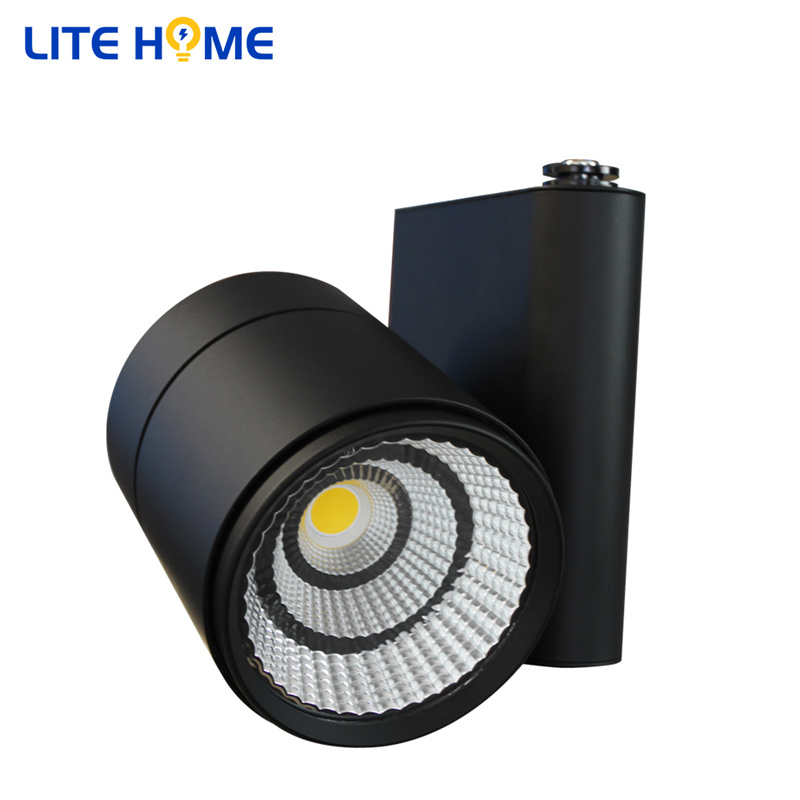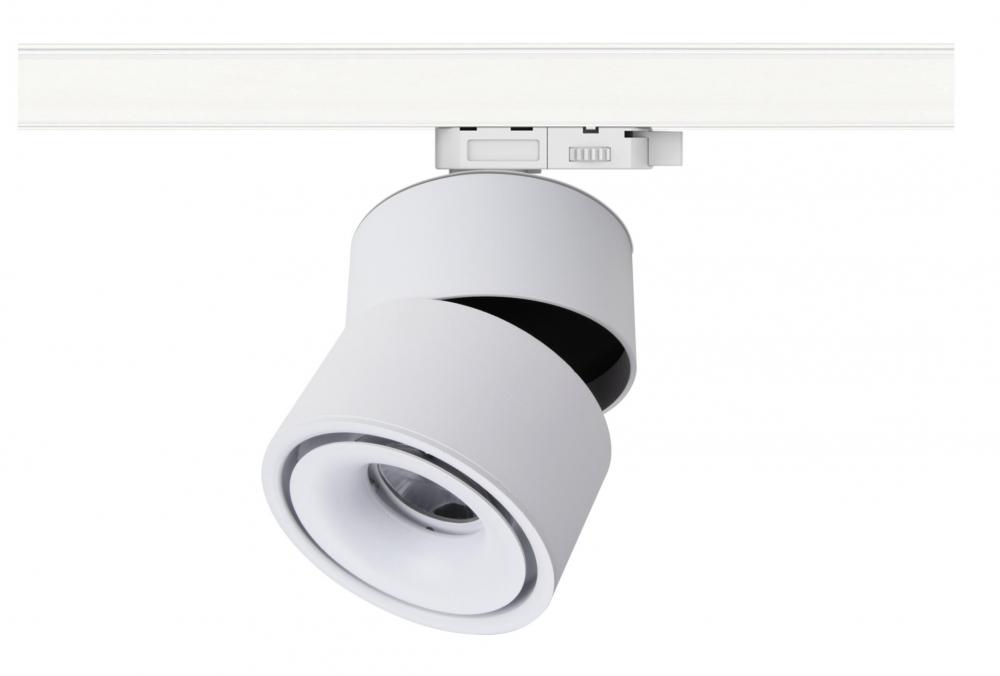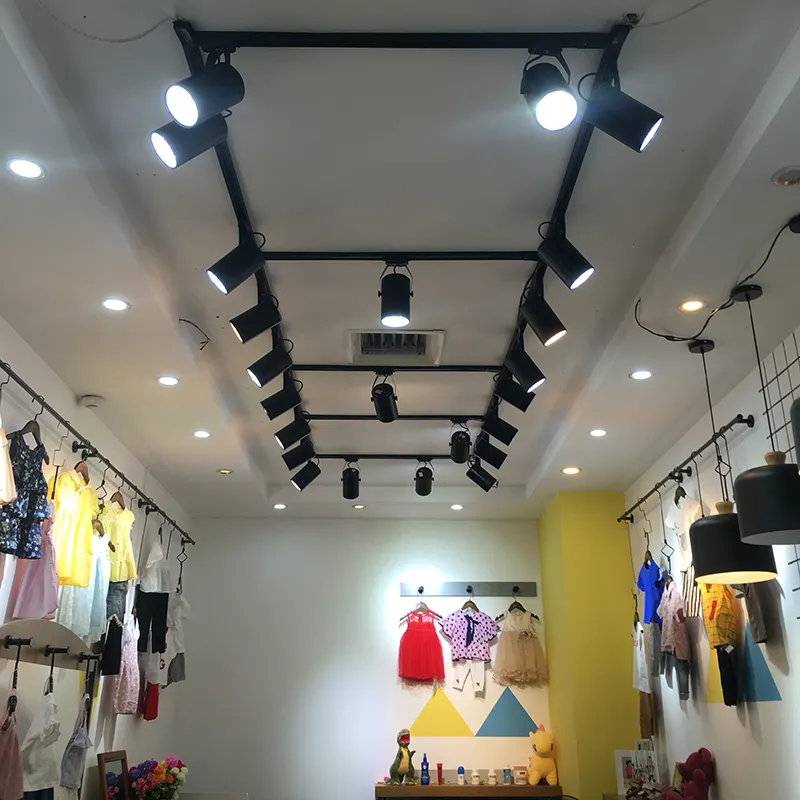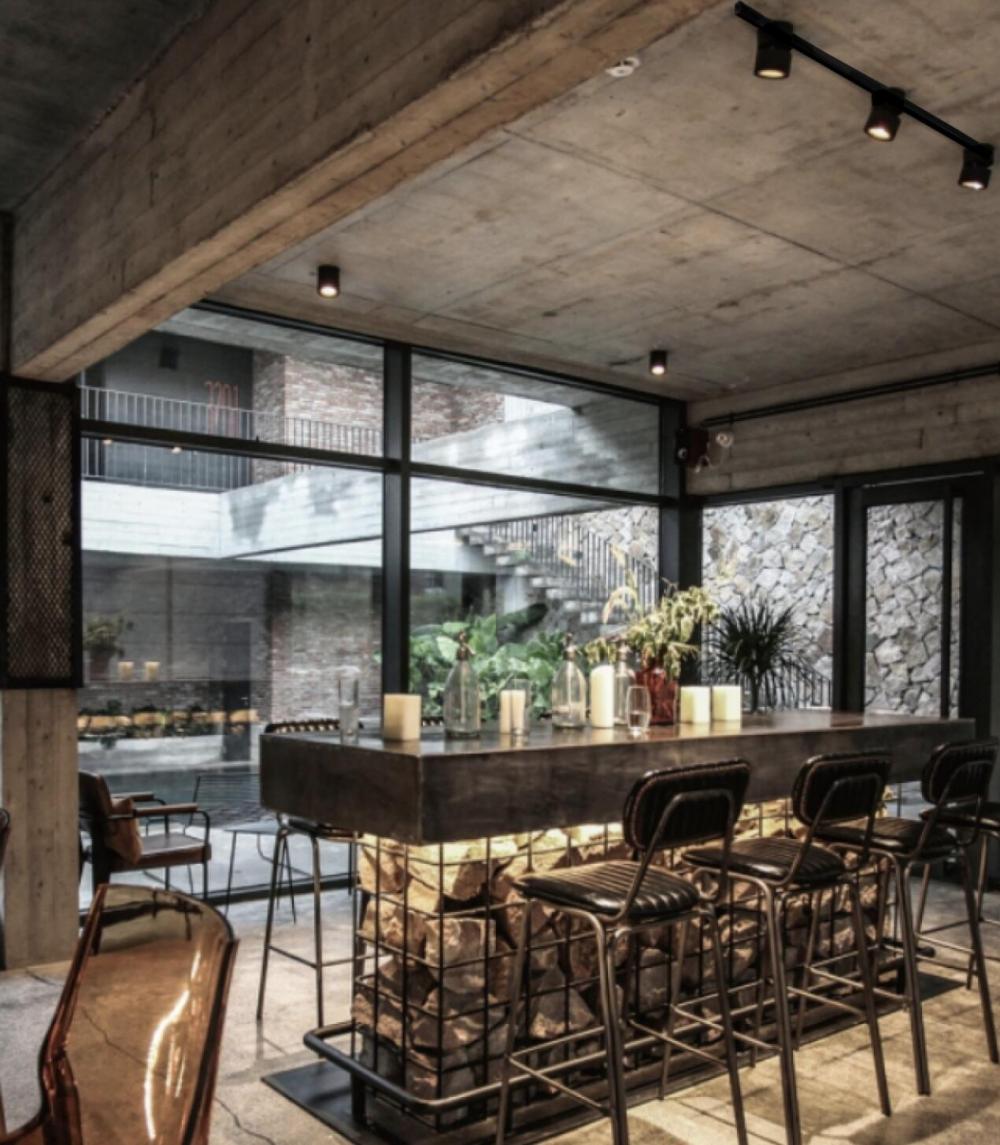Cost Support for Domestic PVC Centers in 2011 Will Move Up
The price of electricity may be increased or adjusted, and the cost support will be firm. In the calcium carbide process PVC, the cost of calcium carbide accounts for a large proportion, accounting for about 70%-75%. As of the end of 2010, nearly 80% of the domestic PVC production capacity was the calcium carbide process, and the ethylene ratio was reduced to 20%. By comparing the expansion of calcium carbide production capacity and PVC production capacity, the author found that part of the reason for the low PVC operating rate is the limitation of calcium carbide supply. We believe that the supply of calcium carbide will continue to remain tight in 2011, which will cause the price of calcium carbide to fluctuate upward.
In the production process of PVC calcium carbide process, the proportion of electricity price is very large, and the high price of coal in 2011 will further accelerate the rise of electricity price. The latest energy market analysis shows that the demand for coal in emerging markets continues to be strong. According to the British research institute IHS McCloskey, the world's largest coal export port for thermal coal in Newcastle, Australia, and Richards Bay, South Africa, have all climbed to their highest prices since October 2008. It is expected that only China and India will increase their coal imports by 78% this year to 337 million tons. This may further push up international coal prices in the next two years.
Yield flexibility, controllable supply pressure. As of 2010, China's total PVC production capacity will reach 20 million tons, of which the calcium carbide process accounts for about 75%. There are 86 PVC production enterprises in stable production with an average capacity of 226,000 tons/year. In 2010, the new production capacity will be about 3.5 million tons, all of which will be processed by the calcium carbide process and will be concentrated in the Midwest. The newly launched PVC production capacity in 2011 was 1.53 million tons, far below the new demand. However, due to the large PVC production capacity base, and currently only 50% -60% of the operating rate, the overall overcapacity problem will still plagued the PVC industry in 2011.
According to the data from China Chlor-Alkali Industry Association, the national new PVC production capacity reached 5.635 million tons/year in 2011, an increase of 25.2% from 4.585 million tons/year in 2010. The new capacity is still large. However, from the point of view of PVC capacity utilization rate, the increase in the supply of PVC volume may not be significant.
Demand growth or slowdown. The shrinking policy orientation of the real estate industry in 2011 will not change, but its lagging demand effect on related industries brought about by the rapid growth in 2010 will be reflected in 2011. In addition, the real estate industry in 2011 brought growth to the downstream industries as well as the construction of affordable housing. According to the data of the Ministry of Housing and Urban-Rural Development, in 2011, the scale of housing construction for affordable housing projects in the country will be as large as 10 million units, an increase of 72.4% compared with 5.8 million units in 2010.
In the downstream PVC products in 2010, the year-on-year growth in the output of plastic pipes and profiles in the second half of the year increased substantially as expected. Since the second half of the year, the year-on-year growth of real estate investment has slowed down. It is expected that the production of PVC downstream products will stabilize in 2011, and the demand for PVC will be difficult to form a strong support. In the second half of 2011, under the traditional seasonal factors, the demand for PVC will increase, but the growth in real estate investment will slow or increase year-on-year.
On the whole, the high coal prices, calcium carbide is easy to rise and fall, excess production capacity is difficult to concentrate on the release of a large, PVC prices will be the main shock. However, the expected cost support such as calcium carbide, coal, transportation, and electricity price hikes will push PVC to challenge the 10,000 yuan mark.
COB LED Track Lights are single-optic LED platforms that combine form, function, and visual comfort. Because of its complete flexibility in lumen output and beam angles, it enables optimal lighting designs, including extremely tight accent applications. Designers can customize the light output with interchangeable reflectors to create the ideal environment. In addition, all COB LED Track Lights produced by LiteHome undergo an 8-hour burn-in test before production to ensure that customers receive products in good condition and in a good performance. By choosing LiteHome, you can buy high-quality products at manufacturer prices.


LiteHome Track Head Light has the following advantages:
1. Die-cast aluminum, better and faster heat dissipation of the lamp, less light decay and longer life;
2. Brand LED cold light source, no radiation, no heavy metal pollution, excellent performance, pure and rich color, high brightness, low-frequency flashing, energy-saving and healthier;
3. High-efficiency optical grade lens, low light loss, good illumination;
4. High-power transformer, the perfect combination of lamps, electrical appliances and light sources;
5. Lightweight, simple, beautiful and easy to install and replace.
6. A variety of beam angles for you to choose from: 15°, 60°, 90°
7. It can Rotate up and down 350°, and rotate left and right 350°. Can illuminate in all directions.


Led Spotlight Ceiling,Led Spotlight Fittings,Spotlight Led Lights,Track Light Heads,Gallery Light,Spotlight Track Light,Led Spotlight,Led Downlight
SHENZHEN LITEHOME OPTOELECTRONIC TECHNOLOGY CO., LTD. , https://www.litehomelight.com
